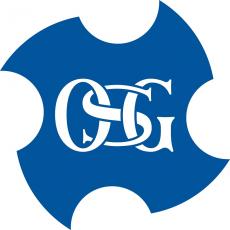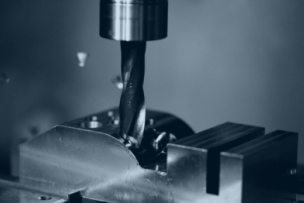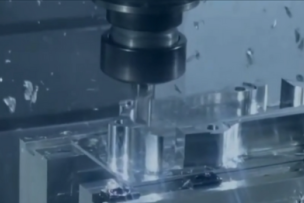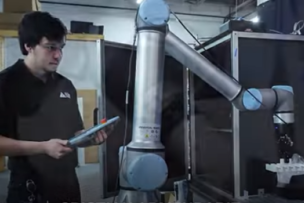An aircraft’s structure is the result of numerous assembled parts, such as the engines, fuselage, wings, tail, landing gear, just to name a few. Many of these components are made of titanium, advanced aluminum alloys and composites. In recent years, in order to achieve greater fuel efficiency and reduce operational cost, aircraft manufacturers have placed greater focus toward applying carbon fiber reinforced plastics (CFRP), a light, durable and corrosion-free material, into aircraft designs.
In the case of the Airbus A350, both the fuselage and wing structures are made primarily of CFRP. According to Airbus, approximately 70 percent of the A350 airframe is made of composite material structures, titanium and advanced aluminum alloys. Composites alone account for 53 percent.
The manufacturing process of a CFRP wing panel typically involves multiple steps – molding, tape layup, stringer integration, vacuum bagging, curing, non-destructive inspection, machining and assembly, and painting. Machining tools play a key role towards the end of the manufacturing process. With safety in jeopardy, precision and quality are utmost critical.
Located in Ankara, Turkey, the TUSAS-Turkish Aerospace Industries (TAI) has been manufacturing the A350 aileron spars, a.k.a. the backbone of the aileron, since 2012. TAI specializes in the design, development, manufacturing and integration of space systems throughout Turkey. Its Ankara production plant covers approximately 5 million square meters with an industrial facility of 230,000 square meters. The site is equipped with some of the most advanced, high technology machinery that enables parts manufacturing, aircraft assembly, flight tests and delivery for the military and commercial aviation markets.












Talk to Us!
Leave a reply
Your email address will not be published. Required fields are marked *